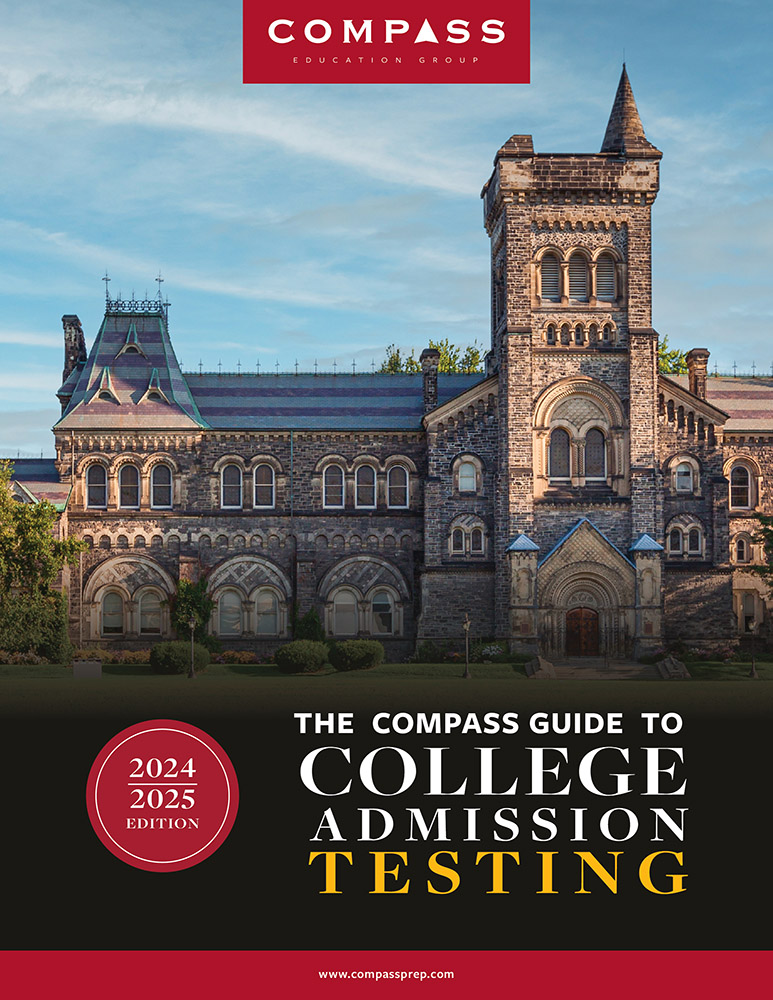For many students, the ISEE, SSAT, SHSAT, or HSPT represents their first encounter with “high stakes” testing, so preparation is designed to alleviate anxiety as well as improve test-taking skills. Compass tutors trained for the secondary school admission tests are an elite group within an already elite pool of instructors. They know how to motivate and encourage younger students while introducing new concepts and strategies.
Compass focuses exclusively on one-on-one test preparation, so you can be assured of an ISEE, SSAT, SHSAT, or HSPT program custom-fit to your needs. Rather than offering one-size-fits-all packages, we take the time to evaluate your test-taking strengths and weaknesses, then make personalized recommendations. Read more about our approach.
As we don’t require an upfront commitment to an entire program, you are welcome to opt out at any time without further charges. One reason we offer a complimentary director consultation before you sign up is so that you know exactly where you stand and how you can improve. And even if you decide to then prepare on your own, we’ll be glad to provide some guidance.
Compass tutors trained for the secondary school admission tests are an elite group within an already elite pool of instructors.
For more information about ISEE/SSAT/HSPT, check out our blog posts.

Be prepared for admission season: it’s never too early to formulate an admission testing plan! Parents can register for the ISEE and select an administration date and site as early as August 1st. Registration can be completed online, by phone, or by mail, but online registration is quickest and most efficient.

A new option that allows students to take the ISEE multiple times addresses common issues like a child’s testing anxiety, possible sources of score variability, and families who want to see more than one score report to help them determine which school might be the best fit for their child.

For many students, the ISEE marks their first experience with a high-stakes exam that has a real, foreseeable impact on their educational choices. Parents’ nerves are further frayed by competition for limited spaces at coveted private schools. We separate reality from the rumors when it comes to ISEE testing.
Admission Test Profiles
Click on one of the tabs below to learn more specifics about the ISEE, SSAT, and HSPT.
ISEE
The Independent School Entrance Exam (ISEE)
The ISEE is published by the Educational Records Bureau (ERB), and the test itself is sometimes referred to as “the ERB” when in fact the ERB produces a number of different exams. The ISEE is offered in three levels: Lower, for entrance into grade 5 and 6; Middle, for entrance into grades 7 and 8; and Upper, for entrance into grades 9-12. The ISEE predominates in Southern California, where the most popular version is the Middle Level test used by many secondary schools with grade 7-12 programs.
The ISEE is typically offered from late November to late February. The majority of students test in December or January. Unlike the SAT and ACT, the ISEE has testing “seasons” and can be taken only once per season. The three seasons are Fall (August-November), Winter (December-March), and Spring/Summer (April-July). Scores are typically released within a few days of the test date.
The ISEE scoring system can be confusing. The scaled score for each section of the test ranges from 760 to 940, but admission officers typically discuss ISEE results in terms of stanines or percentile groups. Students receive a stanine score of 1 to 9 on each of the four multiple-choice sections – Verbal Reasoning, Quantitative Reasoning, Reading Comprehension, and Mathematics Achievement. Scores are distributed in a bell-curve shape, with the majority of students falling into the 4th, 5th, and 6th stanines.
For more elaborate information about the ISEE, check out our comprehensive guide for parents.
Click here to register for the ISEE.
SSAT
The Secondary School Admission Test (SSAT)
The SSAT is produced by the Secondary School Admission Test Board. The SSAT is offered in three levels: Elementary, for students currently in grades 3-4; Middle, for students currently in grades 5-7; and Upper, for students currently in grades 8-11. The Upper Level exam is used by a number of Northern California schools with grade 9-12 programs.
The Elementary Level SSAT consists of three multiple-choice sections – Verbal, Reading, and Quantitative – and an unscored writing sample. The Middle Level and Upper Level SSAT share the same format, each consisting of four multiple-choice sections – Verbal, Reading, and two Quantitative – plus an unscored writing sample. The Elementary Level SSAT runs 110 minutes, while the Middle and Upper Level SSAT clock in at 3 hours and 5 minutes.
The SSAT score report provides scaled scores for all multiple-choice sections, which are rolled up into a cumulative score for the entire test. The scales are different for each test and can be confusing. Students who would like to know how they have performed vis-a-vis their peers should look to their Scaled Score Percentile Rank. This compares fifth-graders to fifth-graders, sixth-graders to sixth-graders, and so on. For this reason, it is important for students to correctly indicate their current grade level. It is also important to note that the SSAT testing population is very competitive, so percentile ranks may be lower than students expect on the basis of their performance on other exams.
Click here to register and learn more about the SSAT.
HSPT
The High School Placement Test (HSPT)
The HSPT is produced by the Scholastic Testing Service and used primarily by Catholic schools. The HSPT is used exclusively for entrance into 9-12 high schools. Running approximately 2 hours and 30 minutes with breaks, the HSPT is comprised of five multiple-choice sections. Verbal Skills tests the understanding of relationships among words. Language Skills tests grammar, spelling, and composition. Reading tests comprehension and vocabulary. Quantitative Skills tests math “reasoning,” while Mathematics tests math knowledge in a more straightforward manner.
As on the SAT, scores are reported along a 200- to 800-point scale. The HSPT score report also includes national and local percentile ranks and a Cognitive Skills Quotient. All of this information is sent to the schools indicated on the answer sheet.
The HSPT also offers optional sections – Mechanical Aptitude, Science, and Catholic Religion – that schools can require if they so choose. Results from optional sections are not included on the basic HSPT score report, but reported separately. We recommend that students closely research the testing requirements at each school to which they plan to apply.
Click here to register for the HSPT.
SHSAT
Specialized High Schools Admission Test (SHSAT)
The SHSAT is produced by the New York City Department of Education and used by NYC’s specialized high schools. All students who are NYC residents in grades 8 or 9 are eligible. The SHSAT runs for three uninterrupted hours, and students pace themselves through 57 Math questions and 57 Verbal verbal questions in the order of their choosing. The Verbal questions include reading comprehension and revising and editing. The Math questions are multiple choice and grid-in, and a calculator is not permitted.
The maximum score can vary from year to year, but typically falls around 350 for each section, which are added together for a composite score out of approximately 700. The cutoff scores for each specialized high school also vary each year.
Click here to register for the SHSAT.


